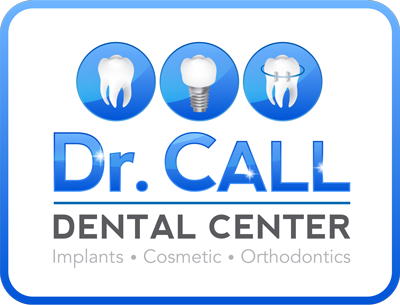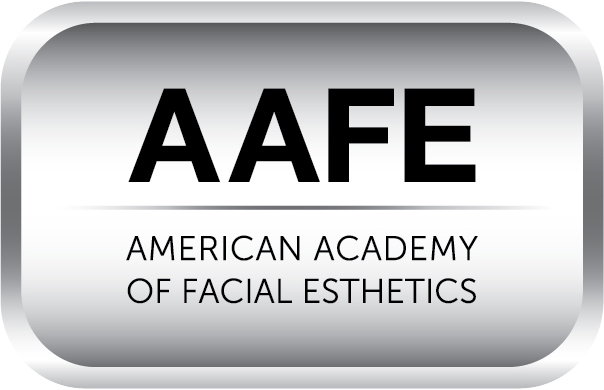
Many people injure their teeth and visiting a painless dentist makes it easy to restore them to full functionality and appearance. The American Dental Association reported that the majority of adult tooth injuries are due to a sports injury and that this also accounts for 13 to 39 percent of all tooth loss in general. Playing sports isn’t safe for your teeth, but you can make it safer by keeping your teeth healthy. This involves brushing and flossing at home along with regular teeth cleanings in order to prevent cavities from forming.
The American Dental Association also advocates for wearing a mouth guard as a preventative measure. They believe that over 200,000 high school and college athletes are prevented from getting a tooth injury every year due to wearing one. You can have them created with a custom fit or buy them at the store and experience a level of protection every time you step onto the field or court, regardless of how competitive your team is.
If your tooth becomes injured, a painless dentist can restore it without any discomfort. The first thing we will do is examine your injured tooth and mouth. We want to make sure that your teeth and gums are healthy and will let you know if we see any signs of cavities or infection. If we do, they need to be treated right away while also correcting your damaged tooth.
There are several ways that we can keep the restoration process pain-free. Our Painless Dentists can offer sedation dentistry that can help you to relax during the procedure while remaining awake. Once you are relaxed, we will numb the area that we are working on with localized anesthesia for pain. This way only the area we are correcting will be numb while the rest of your mouth will continue to feel normal. This is important because it allows you to recover faster so that you can eat and drink like normal.
If your tooth has fallen out during a sports accident, we can replace it using several procedures that include installing a dental bridge. With this solution, we prepare the two teeth surrounding the missing one and place a dental crown on them. These two teeth provide the anchors for the bridge that the new tooth is secured to. The result is natural looking and durable but in order for it to work; you need two teeth in fairly good condition next to the one that is missing. This process can be uncomfortable at many dental offices but when you visit our location, you will be treated by a painless dentist that can make sure it goes smoothly and without any discomfort.
If you don’t want a dental bridge we also offer dental implants as a way to replace teeth and our patients are delighted with the results. This is often the best solution for athletes because an implant is extremely durable and will not become loose or fall out when running around.
Regardless of how your tooth became damaged, if you need help – call a painless dentist.
Related Posts
The Importance of Regular Visits to Your Dental Office
Looking for a dental office in Dalton? When it comes to having their twice-per-year visit with the dentist, many people question whether it is really necessary. Although it is usually less than …
Visit Our Dalton Dental Office to Prevent Needing Emergency Care
We know that the dental office is really not your ideal spot to relax, read a magazine, and catch up on oral health tips. While our Dalton office is modern and comfortable, most people prefer …
What to Expect When Visiting Our Dentist Office
At our dentist office, we have made a commitment to preventative medicine. Over the years we have discovered that the best visits for our patients, and for our team, are ones where you can come …
A Dentist Office Analysis on How Acid Reflux Can Impact Your Oral Health
In our dentist office, we have a front row seat to the impact that acid reflux can have on oral health and the strength of teeth. Acid reflux (GERD) occurs when acid moves backwards up …



